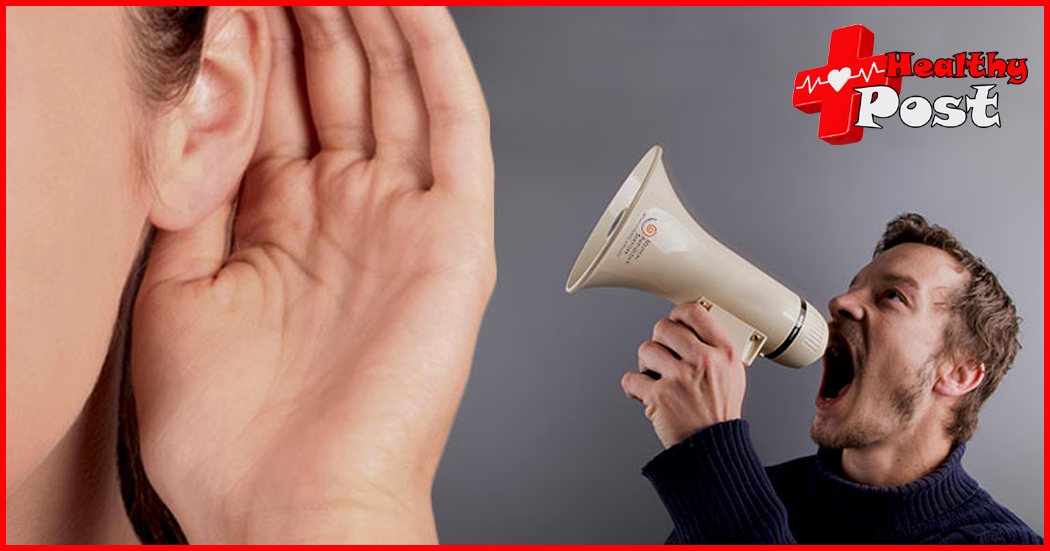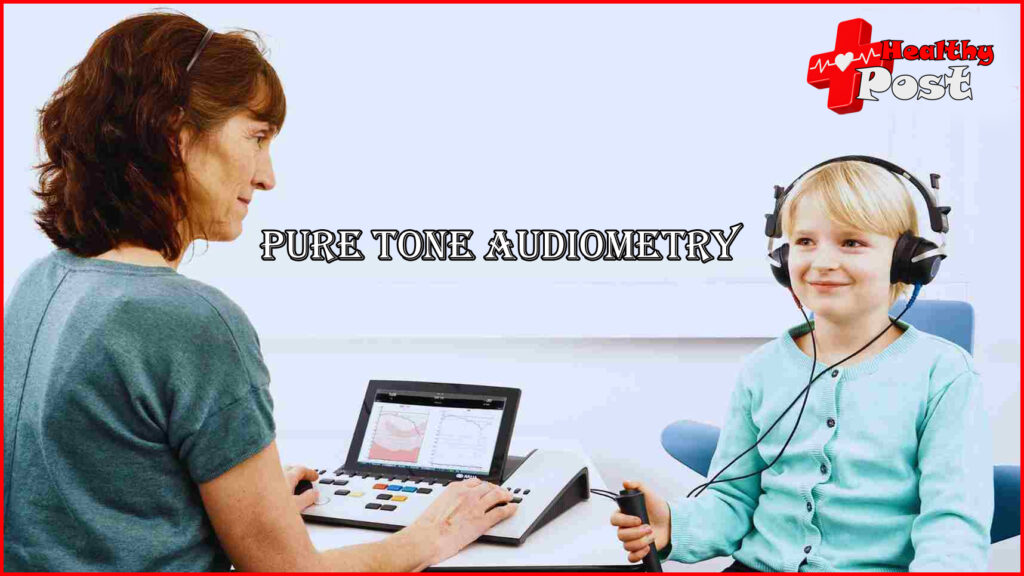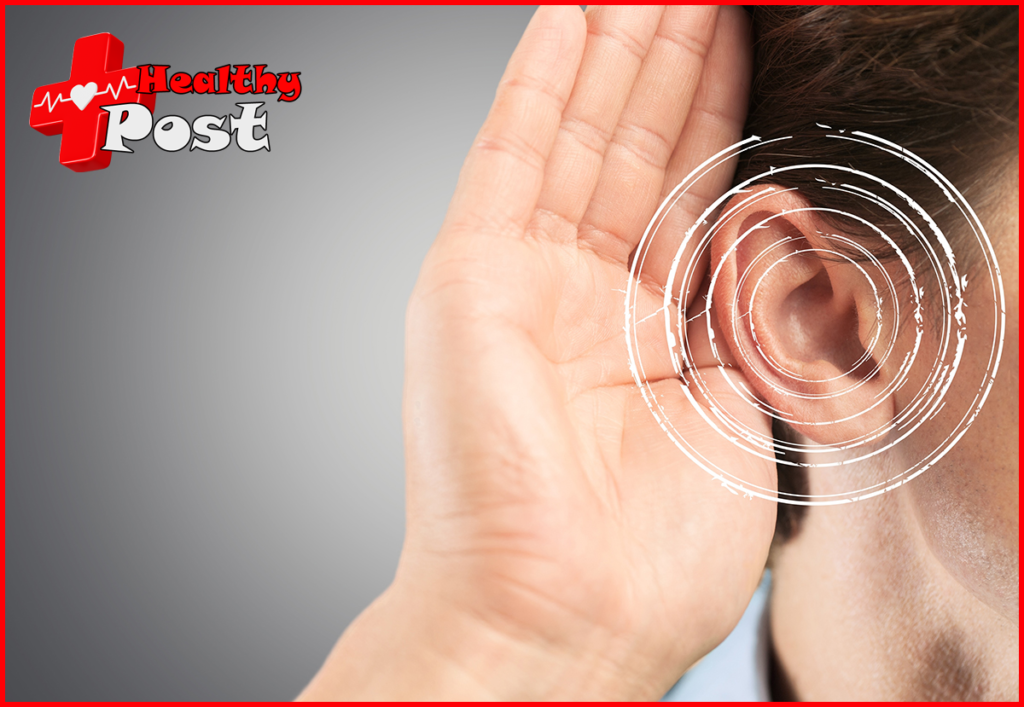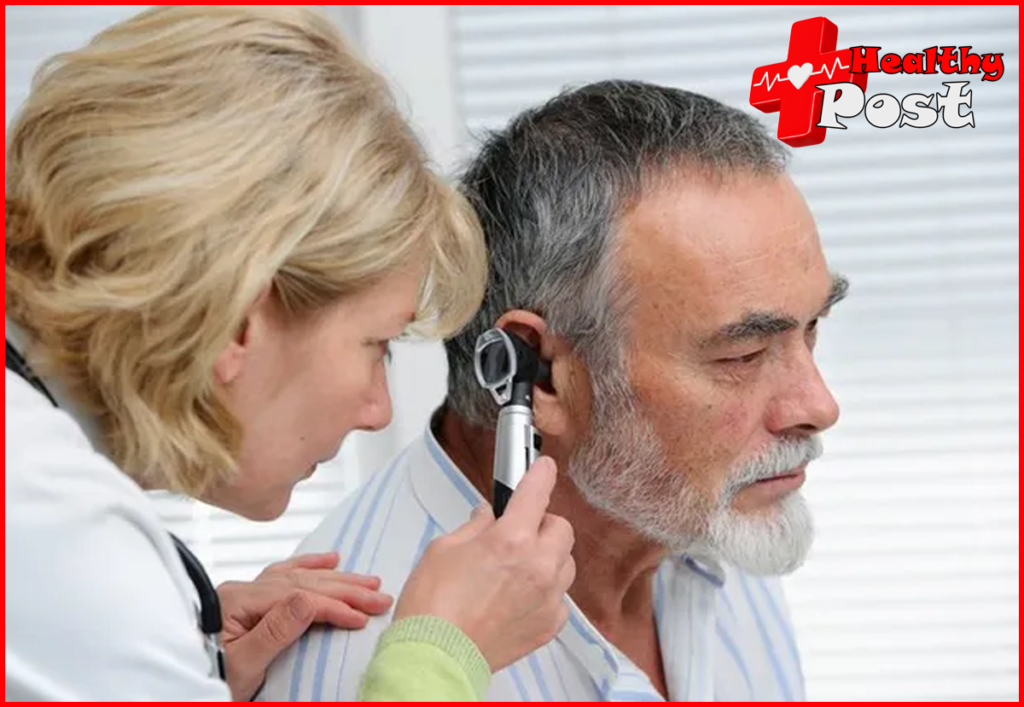
How much do you know about hearing tests?
Standardized audiological test results can not only improve the diagnosis of clinical diseases. But also help guide therapeutic intervention and evaluate effects. Hearing is a very delicate sense of the human body. A slight decrease in hearing may greatly reduce your quality of life. When hearing loss occurs, necessary hearing tests should be carried out in time. So, what are the common hearing examination items?

1. Pure tone audiometry
The most basic hearing test is “pure tone audiometry“. Which tests the entire auditory conduction path from when sound waves are collect by the auricle. To when sound waves are transformed into nerve impulses and transmitted to the auditory center of the brain. It can understand whether hearing is normal or not. As well as the degree and nature of hearing loss, and serve as a basis for diagnosis and treatment.
Pure tone audiometry uses sound of a single frequency through air conduction and bone conduction headphones. By judging the smallest sound heard at each frequency. We can understand the hearing loss status of each frequency and draw an audiogram. Based on the audiogram, we can understand the degree and nature of deafness. The air conduction test frequency range is 125Hz~8k HZ, and the bone conduction test frequency range is 250~4K HZ.
According to the test air-bone conduction distance. It can be divide into 4 types: (1) Normal: Air-bone conduction is within the normal range. (2) Conductive hearing loss: air conduction decreases and bone conduction becomes normal. (3) Sensorineural hearing loss: Air-bone conductance decreases but the air-bone conduction difference is within 10dB. (4) Mixed deafness: Air conduction and bone conduction decrease at the same time, and the difference in air and bone conduction is greater than 10dB.
2. Acoustic impedance
The “acoustic immittance” test is an objective test method to observe the functional status of the auditory system through the biophysical changes in the sound transmission structure of the middle ear caused by acoustic stimulation. The purpose is to detect the condition of the middle ear.
Acoustic impedance testing mainly includes tympanogram testing, acoustic reflection threshold and acoustic reflection attenuation. Tympanogram test: Type A: normal type; Type As: common stapes sclerosis; Type Ad: common in tympanic membrane relaxation; Type B: common in middle ear effusion, secretory otitis media; Type C: common in Eustachian tube dysfunction .
3. Otoacoustic emissions

Otoacoustic emissions are audio energy generated in the cochlea and released into the external auditory canal via the ossicular chain and tympanic membrane. It reflects that the cochlea can not only passively receive sound signals, but also has the function of actively generating audio energy. This test reflects the functional status of the outer hair cells of the cochlea.
According to whether there is an external stimulus signal to induce it, it is divide into spontaneous otoacoustic emission and induced otoacoustic emission. Among them, induced otoacoustic emissions are divide into transient sound-induce otoacoustic emissions (TEOAE), distortion product otoacoustic emissions (DPOAE), stimulation frequency otoacoustic emissions (SFOAE), and electrically induced otoacoustic emissions according to the different stimulus sounds. Emissions (EEOAE).
DPOAE/TEOAE is commonly used clinically for hearing testing. For DPOAE, the signal-to-noise ratio of each frequency band is >= 3-6dB, and the DP value >= -10dB is regarded as passing; for TEOAE, the signal-to-noise ratio of each frequency band is >= 3-6dB, and the total correlation coefficient is >70%, which is regarded as passing.
4. Speech audiometry
Speech audiometry refers to an audiology testing method that uses speech signals as acoustic stimuli to check the subject’s speech hearing threshold and speech recognition ability. In daily life and work, whether one can understand speech is the most important indicator for judging the state of listening function. Checking whether the subject can understand speech is an important item in the evaluation of human hearing function.
The most commonly used test items in speech audiometry: speech recognition rate, speech recognition threshold.
Speech recognition rate: For a subject, the percentage of actual inspection items that can be correctly recognize at a specified speech level using a specified speech signal and a specified sending method;
Speech recognition threshold: The sound intensity at which a subject can just understand 50% of the sent speech signal.
5. Behavioral audiometry
Behavioral audiometry: It is an audiological test method specifically use to evaluate children. Including behavioral observation method (infants less than 6 months old); visual reinforcement (children 7 months to 3 years old); game audiometry (children 3-6 years old).
The key point of behavioral audiometry is to choose the right audiometry method for the child. You cannot just look at the child’s real age, but choose based on the child’s psychological age. It is important to adapt to changes. If the child is four and a half years old, game audiometry should be select under normal circumstances; however, if his intelligence, communication skills, etc. are only at the development level of a two-year-old, he may not be able to cooperate with game audiometry. Visual enhanced audiometry or both can be select. Combined testing. Similarly, if your child is seven years old but does not cooperate with the pure tone audiometric test, you can choose a game audiometric test.
6. Auditory brainstem response test

Auditory brainstem response (ABR): refers to the excitement produced by the auditory system when hearing sound stimulation and accompanied by potential changes. That can localize and diagnose lesions in the auditory pathway from the auditory nerve to the brainstem, and is of great significance in the diagnosis of retrocochlear lesions.
It originates from the auditory nerve and various nuclei in the brainstem. It generates 5 to 7 waves within 10 ms of being stimulate, among which waves I, III, and V are the most obvious, and wave V is the most important in diagnosing hearing threshold. The short-sound brainstem electrical response threshold at 2 to 4 kHz is closest to the pure tone behavioral hearing threshold.
Under normal circumstances, the V wave appears at 5.5 to 5.7 ms. The difference in V wave latency between the two ears is no more than 0.40 ms. And the I-V wave interval is no more than 4.6 ms. The absolute latency of ABR in sensorineural deafness is prolong. In addition, it is emphasize that ABR audiometric short-sound only reflects high-frequency hearing. And ABR results may be abnormal for neurological diseases.
7. Auditory steady-state response test
Auditory steady-state response (ASSR): It is induce by a modulated sound signal and reflects the auditory evoked potential. That has a stable relationship between the phase and the stimulus signal phase. The test method is similar to ABR. Test 4 frequencies of 500, 1000, 2000, and 4000HZ, with frequency specificity. Can assess hearing at different frequencies in newborn babies. Young children, or people who are unable to cooperate with behavioral tests.

6 thoughts on “How much do you know about hearing tests?”